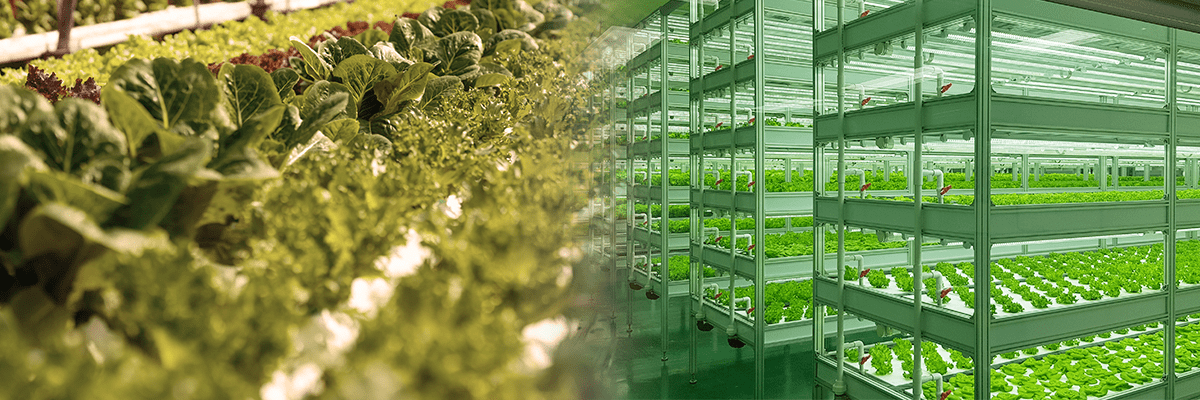Vertical Farm: The Dream of Effective Indoor Cultivation
Any farmers would have thought about stacking seed trays to maximize the farming space & harvest amount. Vertical farm have a much longer history than known in common; thus, this article will investigate how precision agriculture began to form in reality, and what problems hampered this agricultural innovation by analyzing its in-depth history.
The idea of a vertical farm started in 1957. Christensen Farm in Denmark has invented the plant factory which uses artificial sunlight; however, this item was just a simple farming ‘factory’ itself where each crop gains the overall nutrients all by the conveyor system, rather than a multi-layered farm. Although it wasn’t a strictly related mechanism with automated agriculture, this was a first wave of agriTech design; it opened the possibility of a future of food that doesn’t require the concern of natural conditions.

Starting in the 1970s, the technology for full indoor crop cultivation using artificial light gained popularity among companies at expos in the United States and Japan, leading to the first boom in the 1980s. However, at that time, fully automated smart vertical farming systems like Nongshim’s were not yet developed. Instead, all multi-layered trays had to be managed manually, and indoor maintenance was also the responsibility of humans. Furthermore, the lighting used during this period was highly inefficient in terms of economic viability, making vertical farm crops significantly more expensive than open-field crops. As a result, except for Kewpie Farm in the 1990s, no company fully adopted vertical farming during that time.
Thus, despite the global development of agTech that began in 1999, vertical farming was unable to fully flourish as a commercial industry throughout the 2000s. This was largely due to the inadequacies of agricultural technology at the time and the conservative attitudes of agricultural workers who were slow to embrace change. However, overcoming these unfavorable conditions, in 2010, Osaka Prefecture University successfully developed a fully controlled smart farm facility using fluorescent lights. From that point onward, vertical farming began to significantly influence global smart farm initiatives. As research focused on cost reduction, increased production, and reduced electricity consumption, scientific advancements finally aligned with business perspectives, making vertical farming a viable industry.
Korea Institute of Planning and Evaluation for Technology in Food, Agriculture and Forestry, 「Domestic and International Trends and Development Directions of Vertical Farms」, 『2024-02, Industry, Technology, and Policy Trend Report』
